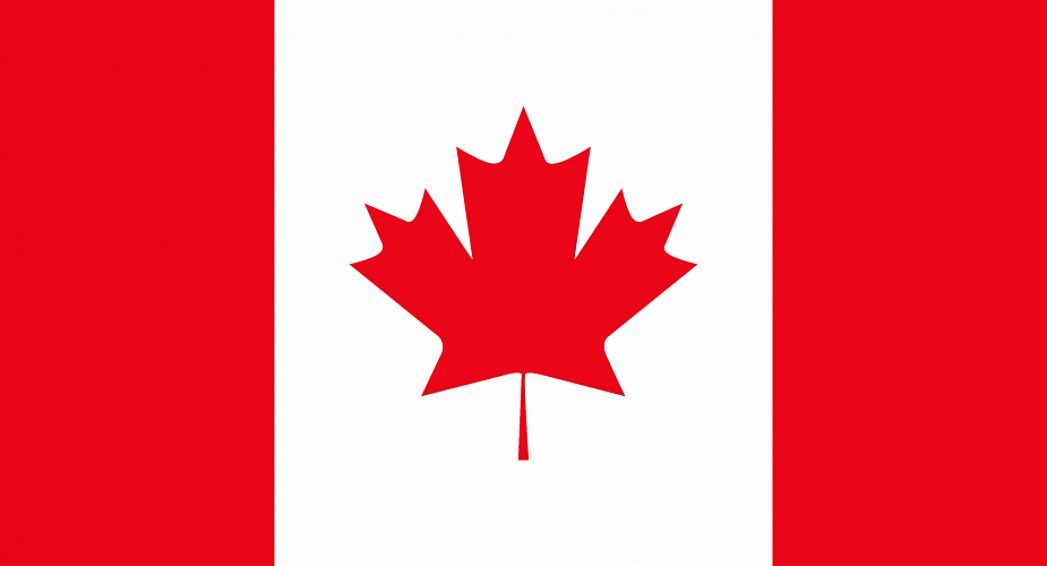The bars on either side of the Canadian side represent the Atlantic and Pacific coasts. The red represents blood shed by Canadians in wars, while the white represents peace. The maple leaf represents the maple trees of Canada, a symbol that originated in Quebec and eventually was used in the rest of the country.
The Canadian flag as we know it today was chosen as part of a six-month long initiative called the "Great Canadian Flag Debate". This debate was commissioned by then-Prime Minister Lester B. Pearson. The debate was notably quite controversial, as many in the country were divided over whether or not the new Canadian flag should continue to employ the symbol of the Union Jack. The current Canadian flag was designed by a historian named George Stanley, whose design was voted on unanimously by the flag committee.
Prior to the Maple Leaf, Canada used a flag that consisted of the British Red Ensign and the coat of arms of Canada. This flag was unpopular among many for elements such as its British-centric design, which excluded minority groups such as French Canadians and Native Canadians. Some also argued that having the Canadian coat of arms on the British Ensign defaced the flag.
The current Canadian flag, also known as the "Maple Leaf" or the "Flag of Canada" has been in use since 1964, when it was chosen in a contest comissioned by Lester B. Pearson. It today is one of the most recognized and important international symbols of Canada, with its red representing blood of Canadian soliders, white representing peace, and maple leaf representing Canadian identity and culture.
This page was last modified on May 1st, 2018
More on Graphicmaps

Published on 2019-11-06
What is a Trade Embargo?

Published on 2019-11-04
Which Two Countries Used to Have the Same Flag?

Published on 2019-09-16
What Is the Only Two-Sided State Flag?

Published on 2019-09-16
Which Country Flag Looks Like the Texas Flag?

Published on 2019-08-29
Flags That Resemble the US Flag

Published on 2019-08-20
